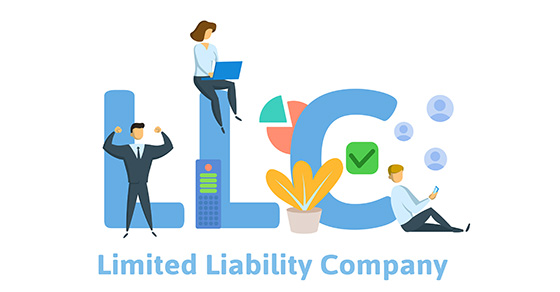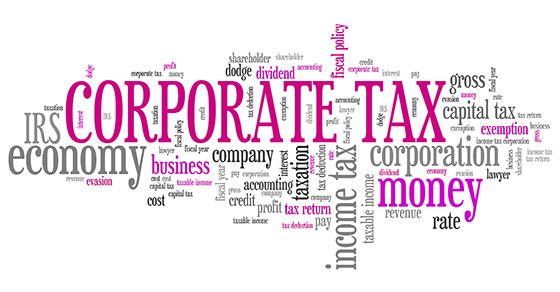
Securities and Exchange Commission (SEC) Chairman Jay Clayton recently said that public companies shouldn’t be required to disclose information concerning environmental, social and governance (ESG) matters in their financial statements using a standardized format. Right now, these disclosures are voluntary and unstandardized.
ESG issues
The SEC is a long-standing member of the International Organization of Securities Commissions (IOSCO). But, in January, the SEC refused to sign a statement issued by IOSCO that urged companies to disclose nonfinancial ESG matters that may affect a company’s financial condition and performance. Examples include:
• The size of the company’s carbon footprint,
• Efforts to replace fossil fuels with renewable energy sources,
• Workplace, health and safety issues, and
• Consumer product safety risks.
Media attention on these external threats has increased public awareness and prompted concerns about how ESG issues could impact value or increase a company’s risk of litigation. Some investor groups and regulators are calling for formal rules that would mandate the use of a standardized framework.
SEC position
SEC Commissioner Hester Peirce and Chairman Clayton recognize that voluntary ESG disclosures provide insight into company operations when used in conjunction with traditional financial metrics. But they oppose a one-size-fits-all reporting format. They contend that some ESG information isn’t relevant to a reasonable investor and thus takes time away from focusing on more pressing matters.
They also point out that companies that follow U.S. Generally Accepted Accounting Principles (GAAP) already must disclose material ESG matters in the following sections of their financial statements:
Description of business. This disclosure describes the business and that of its subsidiaries, including information about its form of organization, principal products and services, major customers, competitive conditions and costs of complying with environmental laws.
Legal proceedings. This disclosure briefly explains any material pending legal proceedings in which the company, any of its subsidiaries and any of its property are involved.
Risk factors. These disclosures highlight the most significant factors that make an investment in the company speculative or risky.
Management’s discussion and analysis (MD&A). Public companies must identify known trends, events, demands, commitments and uncertainties that are reasonably likely to have a material effect on financial condition or operating performance.
In addition, some companies voluntarily issue separate standalone “sustainability” reports that cover a broad range of nonfinancial issues. However, these nonfinancial figures aren’t audited, and, unfortunately, some companies use ESG data to present a stronger financial picture than the ones that appear in their audited financial statements.
A custom approach
Voluntary ESG reporting can provide valuable insight to investors and lenders. We can help your company create customized financial statement disclosures and standalone sustainability reports that reflect its most pressing ESG concerns. Contact us for more information.
© 2019










